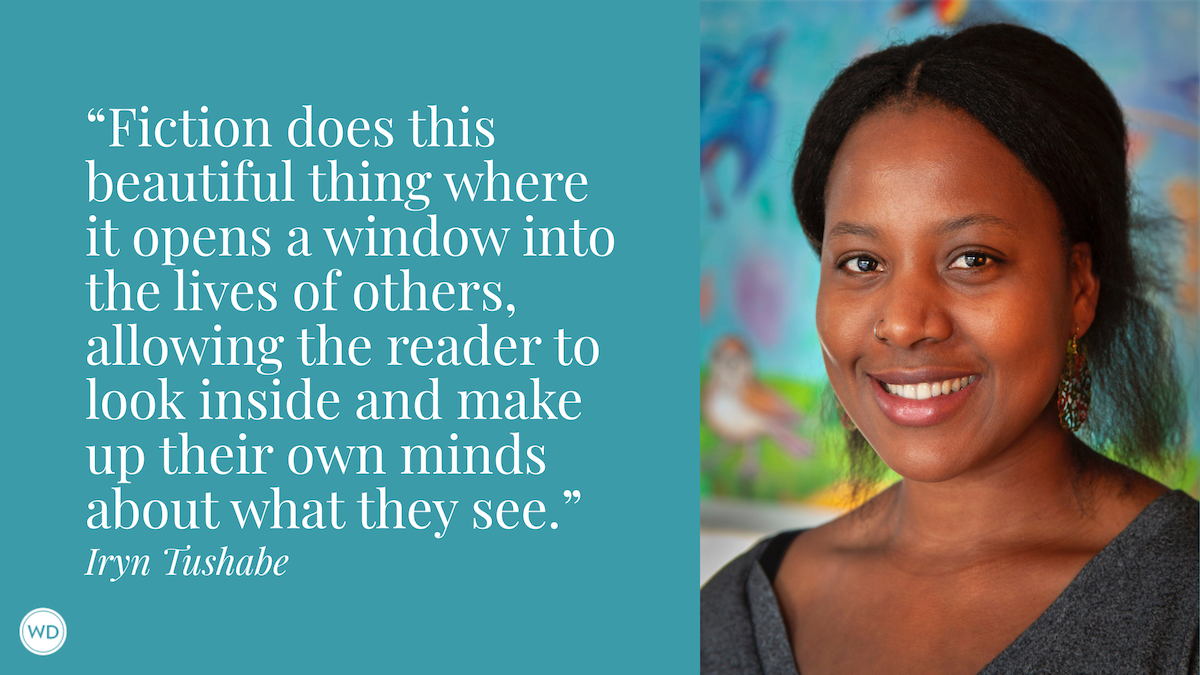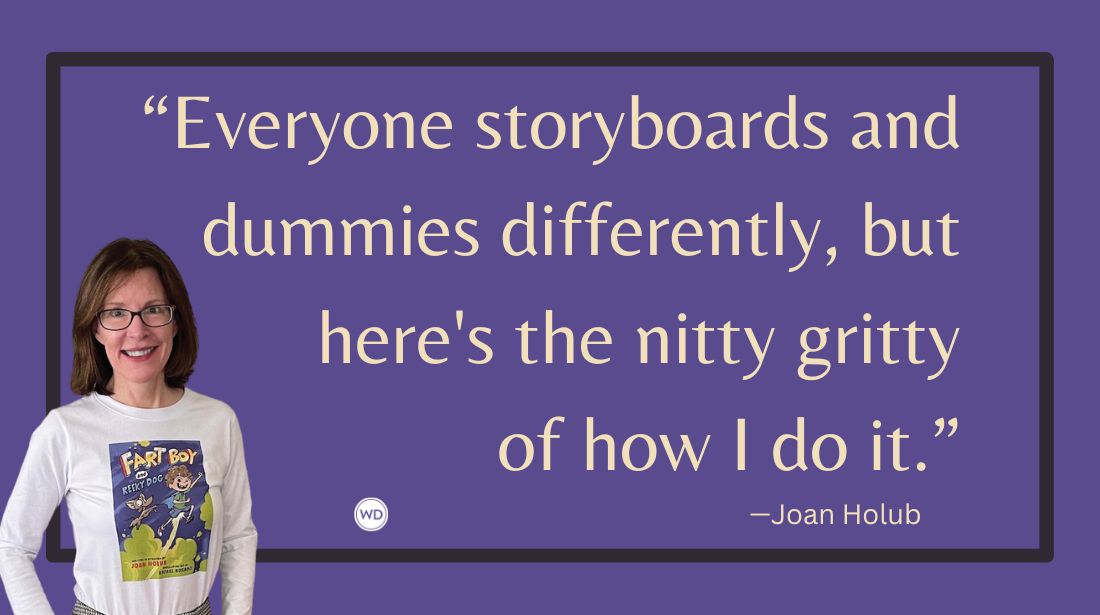The Celestine Prophecy
The author of The New York Times best seller discusses the development of his book and how it affected the lives of more than 4 million people.
When James Redfield, author of The New York Times best seller The Celestine Prophecy (Warner Books), was a graduate student in the late '70s, he says there was a tremendous explosion of interest in spirituality—but not the traditional concept of spirituality.
"It was a different kind of spirituality, that it was a search for the experience of spirituality, not just believing this or that, but experiencing the fact that there was a spiritual reality and seeing evidence that we live in a spiritual world, and not just a physical world."
When Redfield really looked at the explosion and listened to people's experiences, he started to believe that a renaissance was happening, "a real new wave of understanding about spirituality, about the psychology of spirituality." He says he also looked at how individuals allow themselves to open up to the new experience. Hence, the Nine Insights—the major components of the The Celestine Prophecy.
"The Nine Insights were really my attempt to describe how I thought our understanding of spirituality was changing and the new information—what the insights were that were actually coming into the world and to the human understanding."
From those Nine Insights came the manuscript for the book. Redfield says The Celestine Prophecy was his "intuitive sense of the mystical traditions and the old prophecies" that he knew about and then integrated them into what he thought was "a new understanding of spirituality."
In addition to Redfield's initial awakening to a new emerging spirituality in the '70s, he conducted extensive research on comparative religion.
"People want substance out there ... they don't want rules, they don't want intellectualized dogma, they want to talk about the spiritual experience itself and what it means and how they can have more of it," he says.
Crafting the story
Redfield considered the "main chore" of writing the book to be crafting a story that people would be interested in and drawn to. He wanted to write a story that "pulled people into that experience at the same time it clarified what that experience was."
Often, the author is asked if the book is a novel. He says that it is, but adds that his goal was to write the story in the shape of a parable, which Redfield says takes on a different structure than a novel.
"A parable has a structure much different than a novel. A parable is to entertain, but also to pull together insights and to not only tell a story, but to tell a story that elevates one's awareness at the same time," he says.
The story traces one man's spiritual journey to Peru. Along the journey, Redfield uses the Nine Insights and a series of characters to aid and inspire the man's trip to finding greater spirituality.
Redfield originally self-published The Celestine Prophecy in trade paperback in 1993, selling more than 100,000 copies. He and his wife Salle handled all the initial marketing of the book, sending 1,000 copies to small bookstores all over the country.
In 1994, WarnerBooks bought the rights to the manuscript and published it in hardcover, selling more than 4 million copies as of September 1999. He's built on the Nine Insights with other books, including The Tenth Insight: Holding the Vision; The Secret of Shambhala: In Search of the Eleventh Insight and The Celestine Vision: Living the New Spiritual Awareness (all WarnerBooks) and The Celestine Insights: The Celestine Prophecy and the Tenth Insight (Little Brown).
Redfield's writing life
Like most writers, Redfield has a typical writing routine and a space in which he writes. He says that when he writes, he usually follows the same routine.
"I do practically the same thing, I try to work in the morning. In fact, when I have a book deadline, I actually will get started maybe about 6:30 a.m. and work until 12 or 1 p.m.," he says. Typically, he spends afternoons on other daily tasks and activities.
When he writes, he usually works in a small study with a porch overlooking the lake on his property. But he gets the greatest enjoyment from writing on a laptop while sitting on his couch.
The writing routines and work space in which Redfield writes, coupled with the success of the book, has enabled him to touch on a very important and relevant topic for many people.
What Redfield hears from most people is that the book explores situations common to most individuals. He says that many people tell him, "You put them [the experiences] down on paper, you put them into words, you created a discussion about the experiences of spirituality but they were experiences that I was already beginning to have."
Oftentimes, people tell Redfield the book has provided clarity for their own extraordinary spiritual experiences. "Maybe I did capture the pulse of what people were really interested in, in terms of expanding their own spirituality—their own spiritual experience."
Redfield also uses the concept of synchronicity in his books, the belief that coincidences occur in life "that seem to be leading us in one direction or another." Call it fate or coincidence, but the author's interpretation is that God has a distinctive role in each individual's everyday life.
Facing his foes
Since The Celestine Prophecy touches on spirituality and the many facets involved with it, it's not surprising that Redfield render some criticism about the book from various religious institutions.
"Yeah, there's been some criticism that, 'Hey, this waters down our approach to spirituality,' or 'This is not right based on our dogma,'" the author says.
Redfield says that he disagrees with those who say the book undermines religious doctrines and teachings. Instead, he says, "What the book does, really, is spring to life the experiences themselves."
Still, The Celestine Prophecy seems to have received far more praise than criticism from religious groups. Redfield says instead of criticizing the book, people from every religious persuasion began reading the book and discussing it among their fellow worshipers.
"Pretty soon, in the Baptist Church or Roman Catholic Church or Jewish temple, there were book groups going on within every religious circle. What happened, then, was the hierarchy of the church did not come down on the book much because it was already being accepted by their parishioners," Redfield says.
He believes that he did his best while writing the book, and says that he has never claimed to become a prominent spiritual figure.
"I did not try to become a guru, a big spiritual figure in the world—let the book talk for me. The book just was an expression of what I thought and I think I did that correctly. I tried to take a back seat to the book itself, I just wanted the book to have its impact."
Katie Struckel is an associate editor at Writer's Digest.








